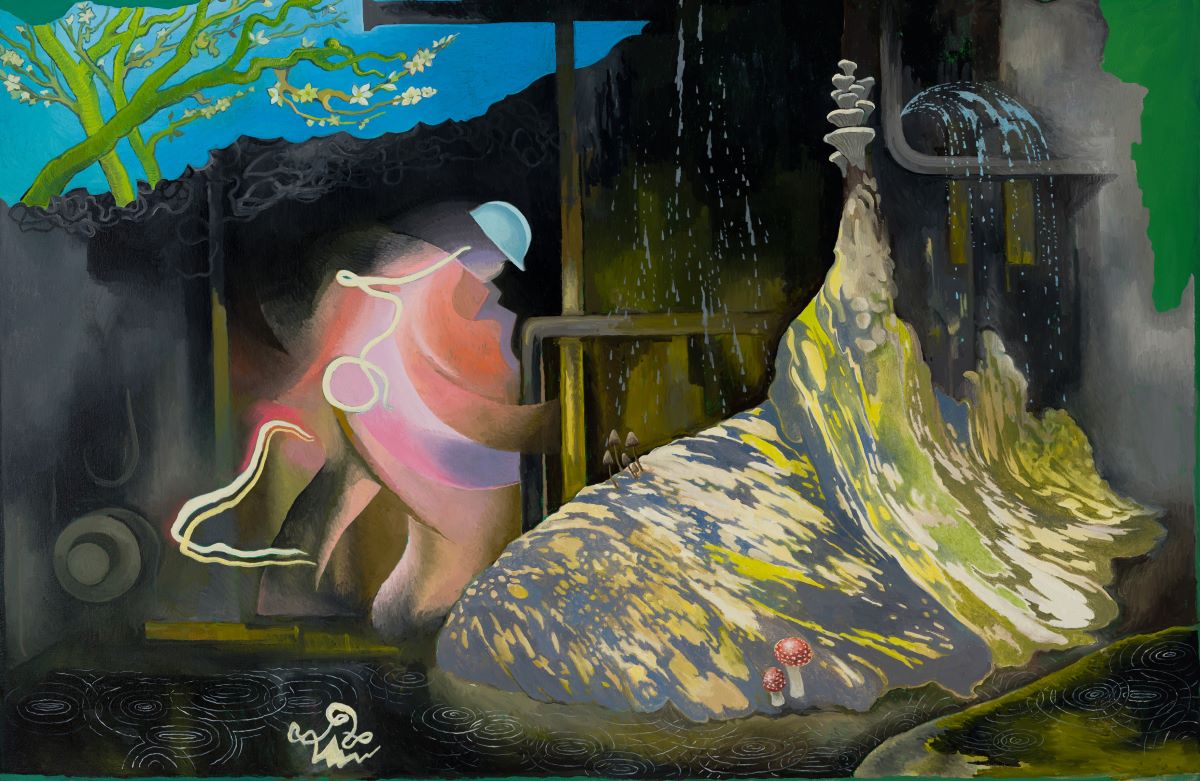History of the Sistine Chapel
The Sistine Chapel is one of the chapels of the Apostolic Palace in the Vatican City State, that showcases some of the best Renaissance art. Originally it was the chapel of the Vatican fort and was known like Cappella Magna. In 1477, Pope Sixtus IV ordered the restoration of the chapel, which was then named after him.

The sistine Chapel 
Pope Sixtus IV
In 1481, the first series of frescoes were painted. The prominent painters of the time as Ghirlandaio, Botticelli, Perugino, Rosselli, Signorelli, Pinturicchio were commissioned to paint scenes from the Old and New Testament. At this point, the Sistine Chapel’s ceiling was painted like a simple blue sky with stars.
In 1508, Pope Julius II commissioned Michelangelo to paint over the ceiling with other biblical scenes. More than 20 years later, at the request of Pope Clement VII and Pope Paul III, Michelangelo painted a scene of Christ’s second coming in The Last Judgment on the back altar wall of the Chapel.

Interesting facts
Michelangelo refused to paint the Sistine Chapel
In 1503, a new pope, Julius II, commanded artist Michelangelo to decorate the ceiling of the Sistine Chapel. Michelangelo rejected the offer because he considered himself a sculptor, not a painter, and he was hard at work sculpting the king’s tomb. But Pope Julius persisted, and Michelangelo started to work on his famous frescoed ceiling in 1508. He worked for four years. It was so physically taxing that it permanently damaged his eyesight.

Original ceiling idea
Initially, the pope’s plans for the ceiling revolved around a depiction of the 12 apostles, but Michelangelo proposed instead to paint the Old Testament scenes from scripture featuring over 300 figures.

Michelangelo painted the ceiling standing upright
Most people assume that Michelangelo was laying down while painting the Sistine Chapel. But in fact, the artist and his assistants used wooden scaffolding. Michelangelo himself developed a unique system of platforms, which were attached to the walls with brackets.

The connection between the Sistine Chapel and Solomon’s temple in Jerusalem
Many scholars believe that the main hall of the chapel is an exact replica of the Temple of Solomon in Jerusalem, which was destroyed by the Romans in 70 AD. According to the Bible, “the temple that King Solomon built was sixty cubits long, twenty cubits wide, and thirty cubits high,” which roughly corresponds to the size of the main hall of the Sistine Chapel. The Sistine Chapel is 40.23 meters long, 13.40 meters wide, and 20.70 meters high (about 132 by 44 by 68 feet).

Rafael’s contribution
Pope Leo X commissioned Raphael to produce the tapestry cartoons (a full-size preparatory design for the tapestries) for the chapel. The cartoons were sent to the workshop of the tapestry-maker Pieter van Aelst in Brussels. Ten tapestries were delivered to the Vatican Palace between 26 December 1519 and December 1521, but only seven cartoons have survived. Seven of all the drawings are in museums in London. Tapestries are now in the Vatican museums.
Representation of God
The God was mostly represented as a hand pointing down through the clouds. In the Sistine Chapel, Michelangelo changed the representation. He painted God with a muscular body and a long white beard, in addition to being very similar to the Greek god Jupiter.

Michelangelo’s paintings
The Ceiling
At the highest part of the ceiling, Michelangelo made nine scenes from Genesis, including “The Separation of Light From Darkness” at the altar end of the chapel to “The Drunkenness of Noah” at the other end. The most famous panels are “The Creation of Adam” and “The Fall of Man and the Expulsion from Paradise.”

The Last Judgment
This fresco was painted 20 years later after the ceiling. It shows the second coming of Christ. The blessed are on the right and heading to heaven, while the damned are on the left and being sent to hell and tortured by demons. Major Biblical and Catholic characters appear in the scene, including Eve and several saints.

Secret images
In 1990, some scholars assumed that the flying-seat shape and figure of God in “The Creation of Adam” make up an anatomically correct image of the human brain. In 2010, it was asserted that “The Separation of Light From Darkness” panel contains a human brain stem. Other theorists have suggested that Michelangelo depicted kidney imagery on the ceiling. As a sculptor, Michelangelo was fascinated by the human form. He studied cadavers to get a better sense of anatomy and would have been familiar with the human brain.

Michelangelo’s self-portraits
During painting the Sistine Chapel, Michelangelo’s relationship with the Catholic Church became strained. We will never know for certain why, but he hid two miserable-looking self-portraits in “The Last Judgment. He painted his deceased face on Holofernes’ severed head and his ghoulish visage on Saint Bartholomew’s flayed skin.

Holofernes’ severed head 
Saint Bartholomew’s flayed skin
Restoration efforts
A severe restoration of the Sistine Chapel began in 1980. It took 14 years to reattach fresco and cleaning it. Restores removed some of the “modesty drapes” that had been added to Michelangelo’s work. The restoration was extremely controversial. Some critics think that the restoration removed an intentional second layer of paint and that Michelangelo had intentionally used darker, more shadowy hues to give the figures depth. Others claim that the restoration was essential for keeping the masterpiece intact and reviving the splendor of Michelangelo’s palette.

Papal use
The chapel is much more than an artistic masterpiece. The chapel serves to celebrate papal acts and ceremonies of the Catholic Church. Since 1492, the College of Cardinals gathers to elect a new pope in the chapel. The chapel has a special stovepipe that is used to show the cardinals’ voting status. White smoke indicates that a new pope has been elected, while black smoke signals that no candidate has received a two-thirds majority.















